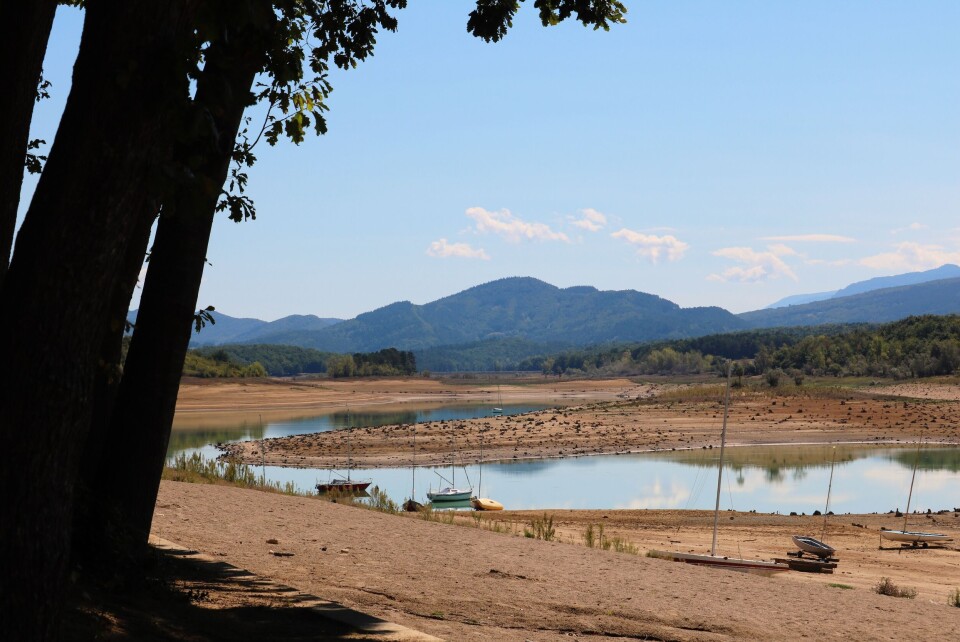-
Homes evacuated and cars submerged as flash floods hit south of France
Alerts continue as schools and roads are closed. Several rivers have burst their banks
-
French weekly weather forecast January 19 - 23: colder and lots of rain
Flash flood alerts are in place on Monday January 19 in Corsica, Aude and Pyrénées-Orientales
-
French weekend weather forecast January 17 - 18: heavy rain in south
Dry but cooler temperatures in the north
How to check for water restrictions in your area of France
A quarter of French departments are currently subject to a drought warning or alert. We explain how this affects residents

Drought warnings and alerts have been introduced in 26 French departments as water tables remain in deficit following months of dry weather.
Read more: Water restrictions in place: how bad is the drought risk in France?
The departments containing areas currently under restrictions or reinforced water restrictions are: Loire-Atlantique, Loiret, Maine-et-Loire, Ain, Haute-Savoie, Drôme, Vaucluse, Alpes-de-Haute-Provence, Alpes-Maritimes, Bouches-du-Rhône, Sarthe, Vienne, Charente, Charente-Maritime, Vendée and Deux-Sèvres.
An area of north-east Bouches-du-Rhône has even been placed under ‘crisis’ level restrictions, including a temporary ban on all non-essential forms of consumption, with people only allowed to use water for purposes such as drinking, washing and cleaning.
Pas-de-Calais, Nord, Calvados, Ille-et-Vilaine, Morbihan, Cher, Indre, Creuse, Haute-Vienne, Var are also under a drought warning, meaning that restrictions could be introduced if water resources continue to be depleted at an unsustainable rate.
A map reflecting the exact areas in which water restrictions and drought warnings have been introduced can be found on the ecological transition ministry’s Propluvia website.
If you click on your department you will see a zoomed in view, along with a list of the specific areas in which drought restrictions have been applied.
Your prefecture will have further information on the exact nature of the restrictions applied.
For example, Bouches-du-Rhône’s prefecture has details of the measures which are currently in place under ‘Politiques publiques’, ‘Environnement, risques naturels et technologiques’, ‘La sécheresse’.
How do drought warnings and restrictions work?
‘Vigilance’ (or ‘warning’) is the lowest level of drought restriction in France, and involves raising awareness and encouraging individuals to reduce their water usage.
The next level is ‘alert’ (‘alerte’), which leads to a reduction in the amount of water which can be used for farming and for watering green spaces such as golf courses.
Residents will be required to reduce the amount of water they use to fill swimming pools, wash cars and water their garden, among other things.
This is followed by ‘reinforced alert’ (‘alerte renforcée’), which tightens the above restrictions and could also lead to some usages being temporarily banned.
The final restriction level is ‘crisis’ (‘crise’), under which water may only be used for essential reasons such as drinking, cooking or washing.
In times of drought, the ministry of agriculture can decide to recognise a state of “agricultural calamity” and compensate farmers for up to 30% of their ruined crops.
Related articles
Almost everywhere in France set to be hit by drought this summer
Water restrictions begin in several areas of France after dry winter
























